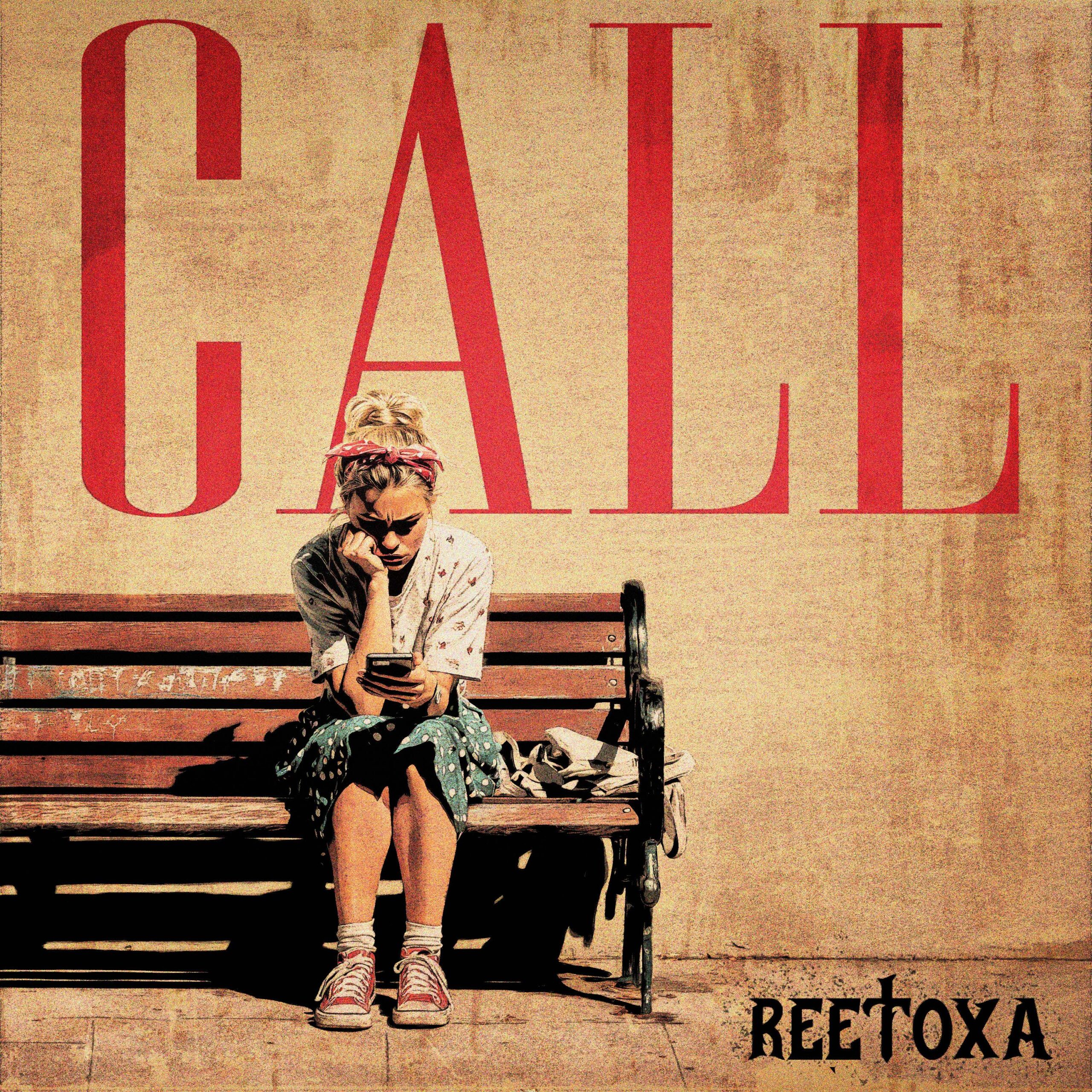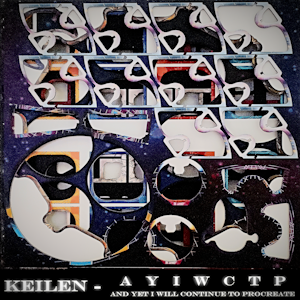NASTEA’s “Never Come Back” is a rock ballad that refuses to play it safe. The song begins with an intimate softness, letting space and melody set the stage for what feels like a raw conversation. The band’s blend of rock, pop, and soul is present in every moment, with warm undertones giving way to sharper textures as the track progresses. This slow build mirrors the process of walking away from something toxic, starting from hesitation and ending with decisive strength.
The instrumentation drives the emotional arc forward. Guitars cut through with a crisp edge, moving between reflective lines in the verses and fuller, heavier strikes in the chorus. The rhythm section provides a steady foundation, rising in power when the song’s message demands it most. Each element feels carefully placed, creating a layered arrangement that supports the story without overwhelming it.
At the heart of the track is Anastasiia Nerutsa’s commanding vocal. Her delivery shifts fluidly between fragility and defiance, embodying the emotional duality of heartbreak and liberation. When she reaches the refrain of “never come back,” it lands not just as a lyric but as a declaration, carrying the sting of past wounds alongside the relief of letting go.
What makes the song stand out is the honesty in its composition. Nothing feels forced; instead, it channels personal experience into universal resonance. “Never Come Back” captures the strength required to break away, balancing pain with empowerment. NASTEA has crafted a song that is musically engaging and emotionally piercing, setting a confident tone for what lies ahead in their debut album journey.









